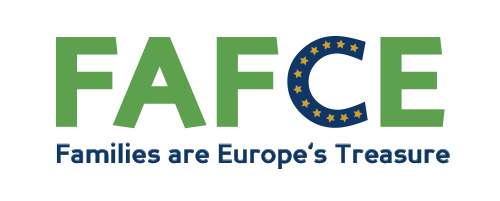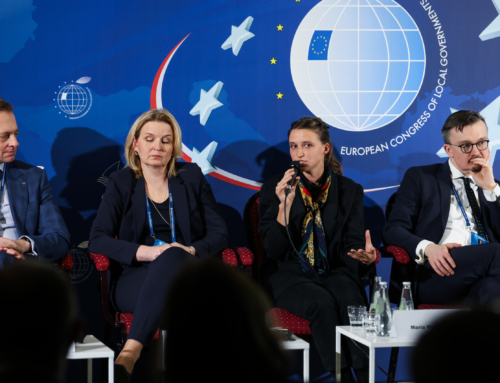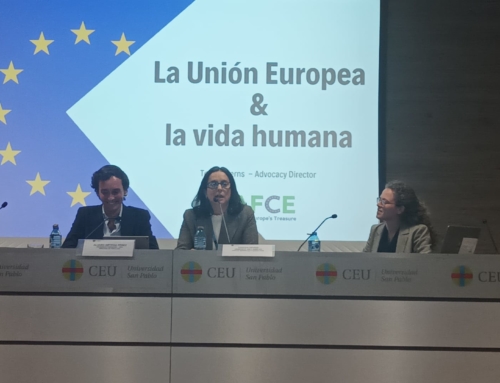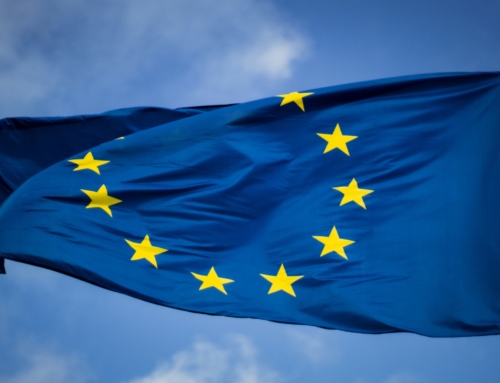16 September 2022,
The European Commission published on the 11th of May 2022 a proposal of Recommendation laying down rules to prevent and combat child sexual abuse. This new piece of legislation aims to resolve the difficult implementation of the 2011 Child Sexual Abuse Directive by establishing a clearer and harmonised legal framework on preventing and combating online child sexual abuse. It will tackle the role and responsibility of providers of hosting or interpersonal communication services to ensure a safe, predictable and trusted online environment for all users, especially children.
Following the publication, the European Commission launched a public consultation to gather feedbacks from civil society on the proposed legislative text. FAFCE welcomed the promotion in the text of an “Option E” by the European Commission, which would require providers to detect not only ‘known’ child sexual abuse material (CSAM), but also new CSAM (“material that potentially constitutes child sexual abuse material, but not (yet) confirmed as such by an authority”), and grooming (solicitation of children for CSAM). Child sexual abuse can take many forms, that should all be considered by legislators.
FAFCE wishes to add additional elements to consider when it comes to actions and phenomenons that pave the way for child sexual abuse:
- The general negative impact of online pornography on the protection of children
- The oversexualisation of children
- Children’s self-produced sexual images and videos, also known as ‘sexting’
- Access of children to online pornography, especially forced or unintended
In addition, FAFCE reiterates its call to include parents and family associations in the fight against child sexual abuse. The European Union should of course work with national governments, the private sector, Internet companies and NGOs, but first and foremost with parents and family associations. They have the primary role and responsibility regarding the education and the protection of their children. Empowering them with effective tools of information and training is the first step to ensure children’s protection from sexual violence. Parents and family associations should thus be consulted at all stages of the development of any EU legislation impacting children.









